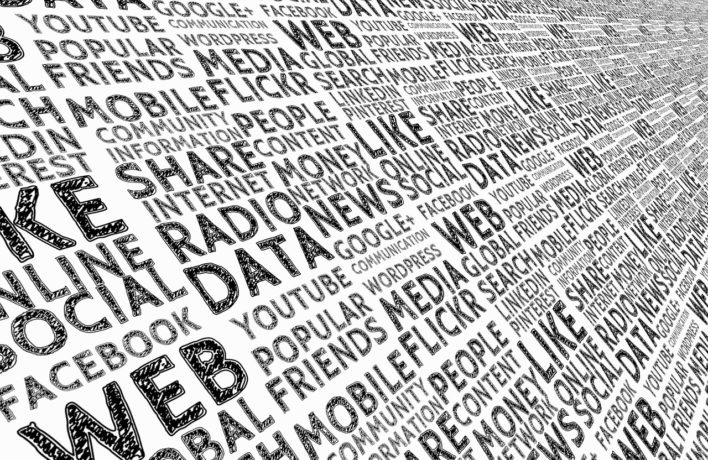
Everyone loves a story.
We are wired to turn everything into a narrative and unfold events one after the other.
Whenever we hear a story, we want to relate it to one of our existing experiences. That’s why metaphors work so well with us.
Yet most marketing has been reduced to pithy sound bites and snackable content.
Alyssa Keefe summarises the science behind storytelling beautifully:
Stories synchronize the listener’s brain with the teller’s brain. When the brain sees or hears a story, its neurons fire in the same patterns as the speaker’s brain. This is known as neural coupling. “Mirror neurons” create coherence between a speaker’s brain and the brains of his/her audience members.
Storytelling connects listeners to the storyteller emotionally. Through a process psychologists call “narrative transport,” good stories engage listeners emotionally. Engaged emotions create empathy with the speaker.
Stories “light up” more of the brain than factual reporting. When the brain is presented with factual information, only two of its regions activate. FMRI studies show that storytelling causes many additional areas to light up. The brain responds to the story events as if they were actually happening to the listener.
Storytelling enhances memory. It’s easier to remember facts when they’re told in a story—think Isaac Newton and the apple. Perhaps that’s because the part of the brain involved in memory is the same part involved in imagination and story work.
Stories command human attention. The human brain has a strong tendency to lose focus. It is estimated to engage in up to 2,000 daydreams a day and to spend up to half its waking time wandering. In the presence of an interesting story, though, this mental meandering goes to zero.
Stories can change the brain’s chemistry. When captivated by an emotionally engaging story, the brain produces oxytocin, a substance shown to increase generosity, compassion, trustworthiness, and sensitivity to social cues.
Stories affect behavior. Pioneer “neuroeconomist” Dr. Paul Zak has shown that people are far more likely to donate to a cause after viewing an emotionally impactful story. In a recent social experiment, testers were able to sell $129 worth of trinkets on eBay for over $8000 by crafting personal stories for each object.
Many of you have seen my Facebook ads.
It’s probably the reason you’re reading this right now.
486 words telling the story of my journey of 10 years in ecommerce and entrepreneurship. The highs the lows and everything in between.
It’s my story.
But if I’d complied with the Facebook word limit I would have to stop after the first paragraph.
and this is the opportunity that most ecommerce marketers are missing.
Two lines of copy, an image and a link.
It’s like Google Adwords 5 years ago.
That’s why myself and my students are getting such amazing results from Facebook ads.
Rather than porting over tactics and campaigns from other platforms we are using the space and creativity that Facebook allows to draw our audience in.
Every single click has been qualified before they click through because we have the space to tell a story.
Remember; all clicks are not created equal.
Want to learn the art of long form Facebook ads?
Let’s chat http://jameskempco.wpengine.com/schedule/
